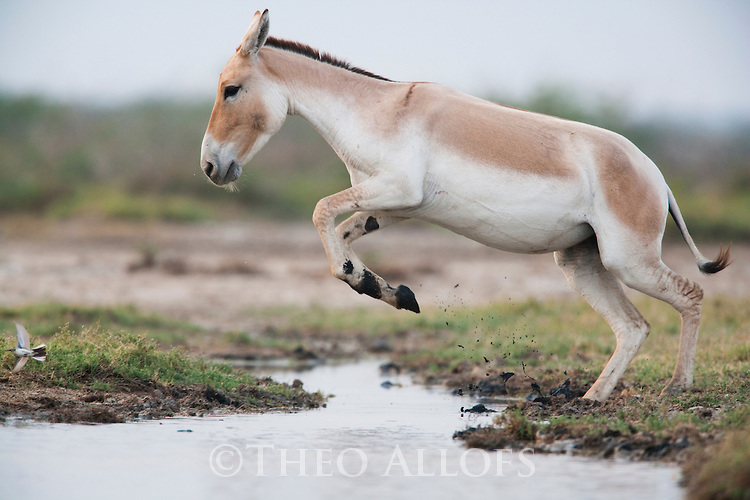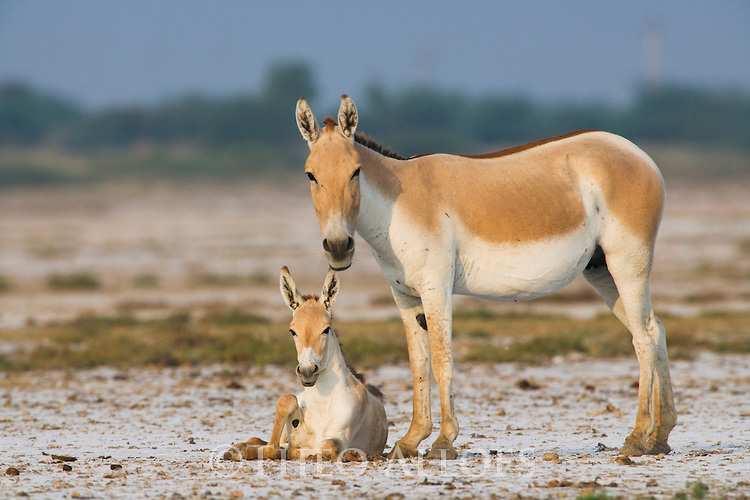I often find myself reminiscing about bygone eras when the world was still a very much wilder place than it is today! A time before my native South Africa had been colonised by the various cultures that abide today. Then my thoughts wander even further afield, far from my home soil of Africa, ever northwards towards Europe. Indeed not the Europe that is today, but rather the Europe of old, before the modern political boundaries, even before the onslaught of Roman expansion across the face of the Mediterranean coast!
It is here where my thoughts are met with fascination. Not in a world of fantasy and folklore, but a world of ancient wilderness and wildlife. The world of the now largely forgotten Cebro of Iberia – a species that roamed across the dehesa and montado savannas of Spain and Portugal until the dawn of the 16th century.

These gracile equines with half-striped legs, neither wild horse nor zebra, were known locally by various names including encebra, cebro, zebro and zevro. They seemed to flourish throughout the Iberian Peninsula, until they met their end at the hand of human hunters! It was not until centuries later that the cebro came to be known among the English-speaking world as the European wild ass (Equus hydruntinus).
Doomed into the deep abyss of obscurity, the cebro disappeared in the hearts and minds of modern Europeans as their extinction seemed firmly sealed. That is until recent genetic studies placed the cebro or European wild ass not as a distinct species, but rather a variation or subspecies of the Asiatic wild ass (Equus hemionus). The Asiatic wild ass occur today as four subspecies across an Asian range where they are known as Hemione, Onager, Kulan and Khur. This revelation that the European wild ass was not a distinct species but rather formed a single species with the Asiatic wild ass brings hope for the rewilding of current and future wilderness areas of Europe.
Today as a whole the same threats that drove Iberia’s cebro over the edge still plagues the Asiatic wild ass. Despite illegal hunting, disease and habitat loss that remain rampant across large portions of their native range, hope still remains in the form of conservation projects in Asia and various captive breeding programs in European and North American zoological institutions.
Now the question remains! Should the cebro or wild ass be restored to its former range in Europe?
I remain hopeful that my reminiscent thoughts may again become manifested as reality – an authentic European wilderness where a multitude of indigenous fauna has been reintroduced. Not only do I believe this is a feasible proposition, but indeed it is our responsibility to establish new founder populations throughout suitable habitat in Europe to secure the continued survival of the species as a whole! (But more specifics on the European wild ass later…)
Marcel van der Merwe II
Cape Town | South Africa



Excellent ideas!
LikeLiked by 1 person
See please at http://www.sorraia.org/.
LikeLike
See http://www.aicsorraia.com/index.php/en/breed.
LikeLike
In Portugal it was known as zebro or zebra.
When the Portuguese navigators arrived at the Cape of Good Hope in the late fifteenth century, they found a pair of scratched equidae similar to the zebro, hence the name “zebras”.
LikeLiked by 1 person